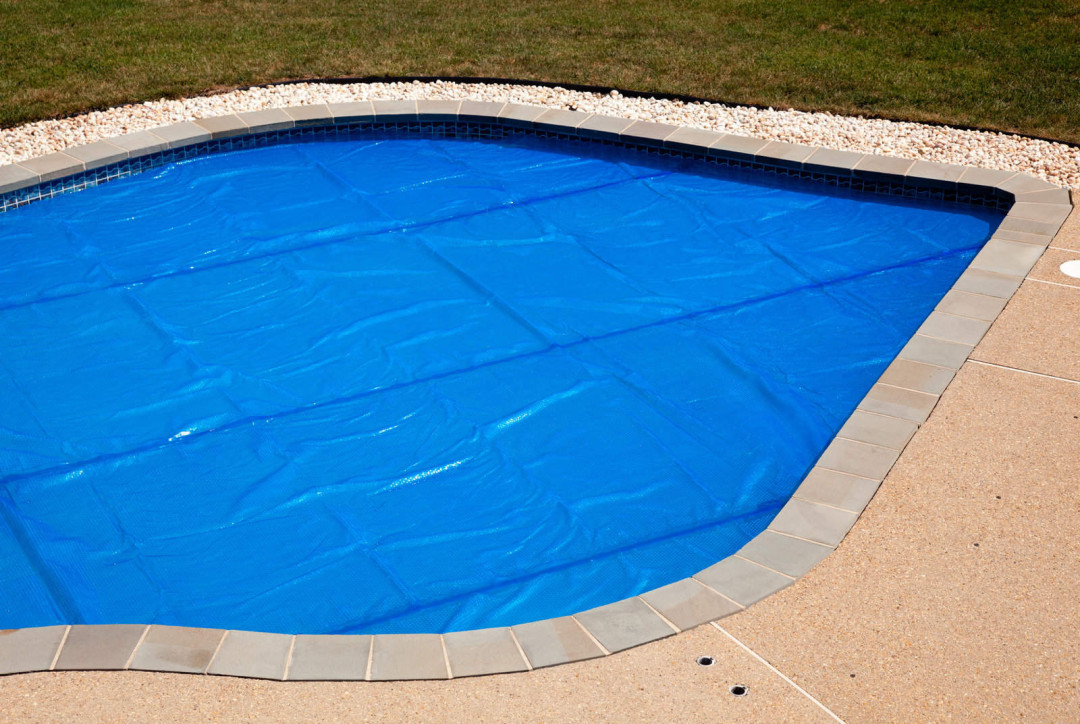Homeowners who’ve enjoyed their pool all summer have noticed that with the chill in the air, swimming season is over. But that doesn’t mean pool care is over! Once the water temperature drops below 60 degrees, microorganisms and algae cannot grow and become dormant for the winter season. No need to waste efforts treating your pool all winter, when you can close it down.
But closing your pool is more than just avoiding cleanups after winter storms. Winterizing your pool correctly protects it from damage, keeps the water in good condition for the months it is shut down and makes it much easier and less expensive to re-open the following summer. However, the key here is to do it correctly! So whether you choose a professional pool closing service or take on the work yourself, make sure you’re thoroughly prepared. Here are the key steps to close or winterize your pool!
Gather Supplies and Get a Head Start
Before getting started, make sure you have the required tools and supplies for closing your pool for the season. One week before closing your pool, add a phosphate remover to help keep algae out and prevent any potential algae blooms. Keep an eye on the forecast to ensure you don’t start the closing process too early. Temperatures should consistently be under 60 degrees Fahrenheit before you get started.
Brush and Vacuum
Before closing up your pool, it’s important to ensure it’s as clean as possible. A clean pool avoids clogging of the filtration system after the pool has been closed. Thus, vacuum and brush the pool carefully to remove dirt from the sides and bottom. Remove any debris with a handheld skimmer, then clean out the skimmer basket. Cleaning your pool like this before closing for the winter prevents algae and will make your spring opening even easier. So take care to give everything a good scrub!
Balance the Water
First, you’ll need to get your pool water to the correct level. Then, you will balance the water. If you live in a “FREEZING AREA,” water should be 4-6 inches below the skimmer (vinyl-lined) or tile line (plaster).
If you live in a “NON-FREEZING AREA,” water should be filled to the top, almost to the point of overflowing. This is one of the most important pool closing tips!
Once your water is at the correct level, measure the water balance using a test kit or bring it to your local pool store for a free test. Total alkalinity should be between 80-120 ppm and pH level should be between 7.4-7.6
Shock and Chlorinate
Even if your water is clear, introduce a super chlorinating powder, known as pool shock. Shocking kills any bacteria that might linger in your pool during the winter. Plan to shock a few days before you close the pool. At the very latest, make sure to shock the pool the night before you close it for winter.
Next, add an algaecide as a further measure to keep those tiny, green pool-tinters at bay through the cold months. Again, choose a product designed for pool closings. The amount to use varies by pool volume; follow the instructions provided by the algaecide manufacturer.
Backwash, Drain, and Cover
Allow the pump to run for a full cycle before backwashing and chemically cleaning your pool filter. If you have a sand filter, backwash it to discourage algae growth in the filter element. If you have a removable filter, take it out and clean it thoroughly.
The draining process is easier for above-ground pools. You simply take off all the hoses and remove the plug from the bottom of the filter. If you have an above-ground pool, you should make use of a pool pillow. Placed in the center of the pool and tied to its sides, these air-filled rings help prevent water in the pool basin from freezing.
For in-ground pools, draining is only recommended if you live in an area with especially harsh winters. In the Southeast, this is less necessary. Instead, a well-fitting winter pool cover is essential for keeping your pool clean and clear while it’s not in use.
If you’re concerned about freezing conditions, you should also drain pool lines and add anti-freeze. This prevents costly repairs for burst or damaged pipes. Most pool equipment has a drain plug to allow water to drain out. Make sure that you drain the pool pump, filter, heater, and any other equipment.
DE grids and filter cartridges should be removed from the pool filter and fully cleaned. You can use a small shop vac or liner vac to blow any remaining air out of the pump and filter. After the plumbing is drained, add some pool anti-freeze to protect your system during the harshest winter months.
And ALWAYS be sure to continue precautions such as locking the gates of pool fences to avoid accidents, even in the winter.

